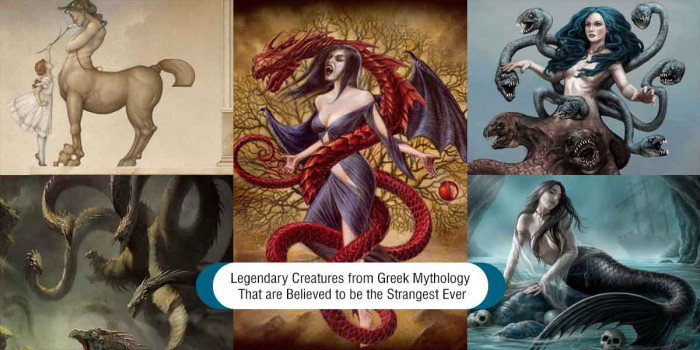10 Prehistoric Creatures Other Than Dinosaurs That Could Leave You Petrified
These prehistoric creatures are unusual and are different from those living today. Right from bird looking rodents to Dimorphodon, these prehistoric creatures are fascinating.
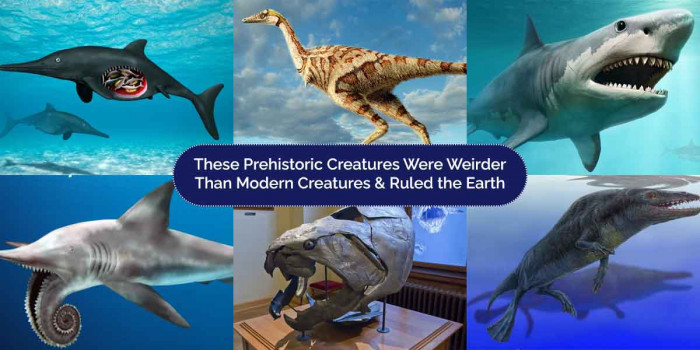
The world is filled with different creatures. While some are cute to handle, others are wild and bizarre. You won’t believe it, but the animals today living on the earth are far different from those living in the earlier times. Over the years, scientists have gathered samples to tell the ancient creatures that they are extinct.
Do you know, in ancient times, there was a bird with a wingspan over 40 feet with teeth hanging out of its mouth like scissors? Let us know about more prehistoric creatures that ruled the earth.
1. Rodhocetus
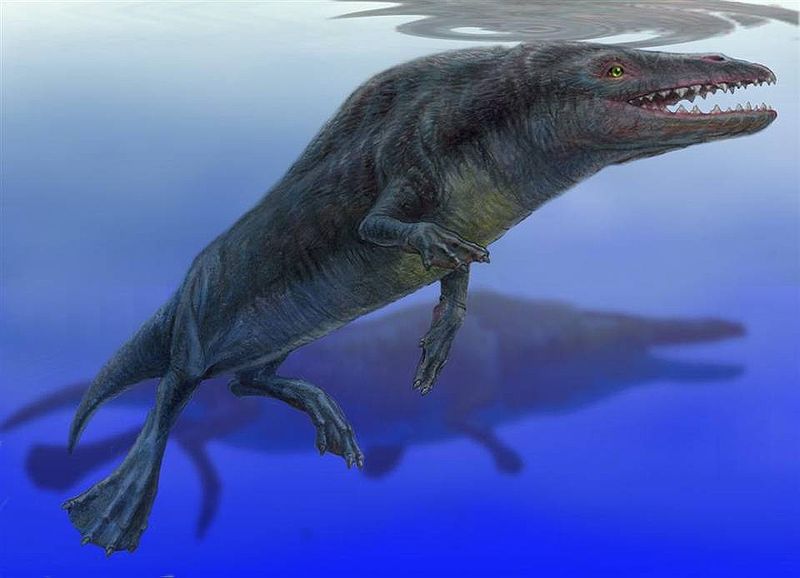
Rodhocetus fossils were collected from marine sediments deposited on the northern margin of the Paratethys sea. They were up to 10 feet long and weighed 1000 pounds. The best-known Rodhocetus is known from two partial skeletons that gave a complete image of the Eocene whale.
Rodhocetus is one of the extinct whale genera and possesses land mammal characteristics. The skull of Rodhocetus is complete, but a few details are shared about its skull and ear region. Its lower jaw has a large hole near the jaw point.
In living odontocetes, sound waves go through bones located on the side of the jaw and get passed into the inner ear via the pad of fat. Like other whales, their teeth were cone-shaped. They chewed their meal into pieces before swallowing.
Two species of this mammal, R. kasrani & R. balochistanensis, were discovered in Pakistan; its fragmented remains include a braincase, a five-fingered hand, and a four-toed foot. They had short limbs ending in webbed hands and feet.
2. Dunkleosteus
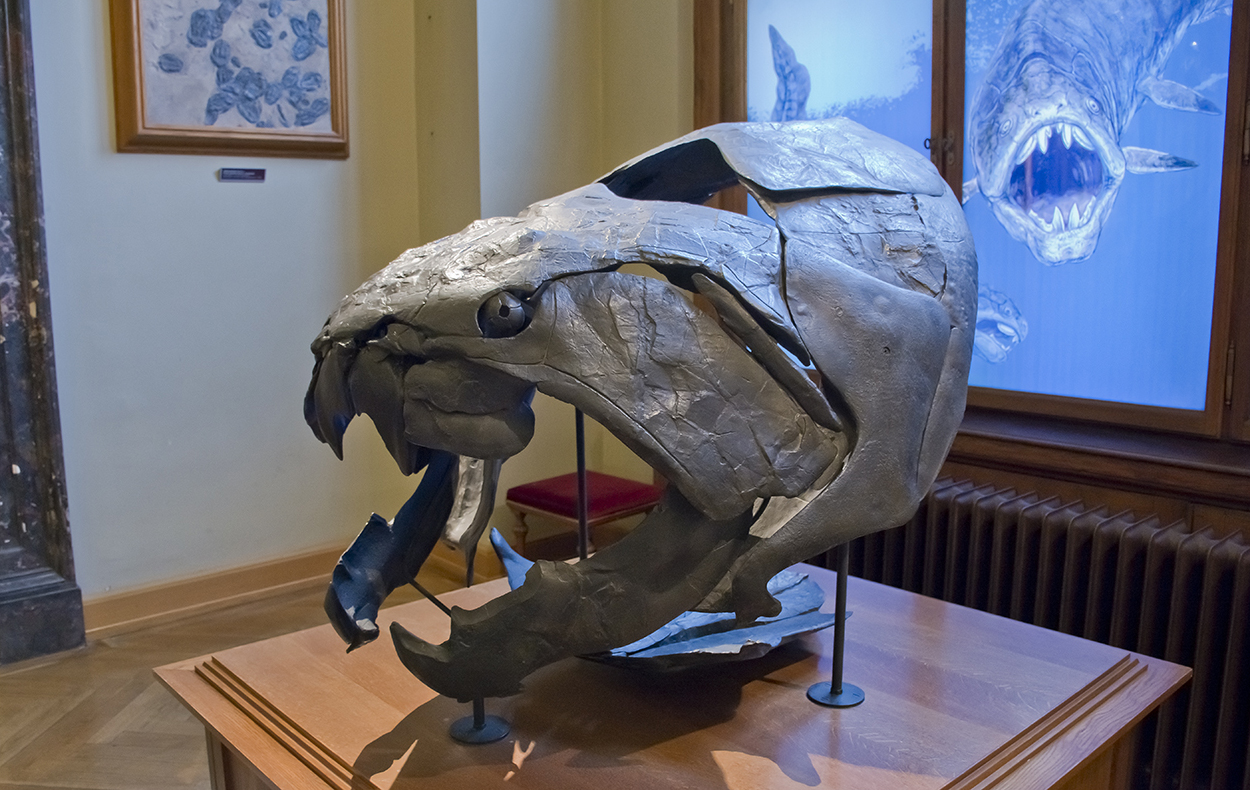
It is an extinct genus of arthrodire placoderm fish that existed around 380 million years ago. Like modern-day suction feeders, Dunkleosteus could quickly open its jaws and had a bite force of 6000 N.
Nearly ten different species of Dunkleosteus have been described so far. A few different species are D. Belgius, D. Denison, D. magnificus, D Newberry, and more. The largest species of Dunkleosteus, D. terrelli, is estimated to grow up to 28ft in length and weigh up to 4-5 tons.
Dunkleosteus is one of the prehistoric creatures that had a two-part bony and armored exterior. It doesn’t have teeth and possesses two pairs of sharp bony plates, which formed a beak-like structure. They ate sharks and had the strongest bite of any animal. They lived in the Devonian period.
The Devonian is a period and the system of the Palaeozoic, spanning 60 million years from the end of the Silurian, 419.2 million years ago. It was bigger than a white shark and was on the Earth longer than humans. Because fossils of Dunkleosteus have been discovered, paleontologists know about the behavior and psychology of this prehistoric creature.
It was a horrifying creature but didn’t have a tooth in its head. Its skull was covered with plates that acted as armor. The younger Dunkleosteus ate soft prey, whereas the adult ones fed on armored sea creatures. Furthermore, they can sharpen their teeth by rubbing the edge of the fangs together.
The scientists at the Field Museum in Chicago recreated the bite of the force of this prehistoric creature by using surviving skill fossils. They found that its jaws could snap shut with 8000 pounds of bite force per square inch. This deadly creature could suck its prey into its mouth.
3. Elasmosaurus
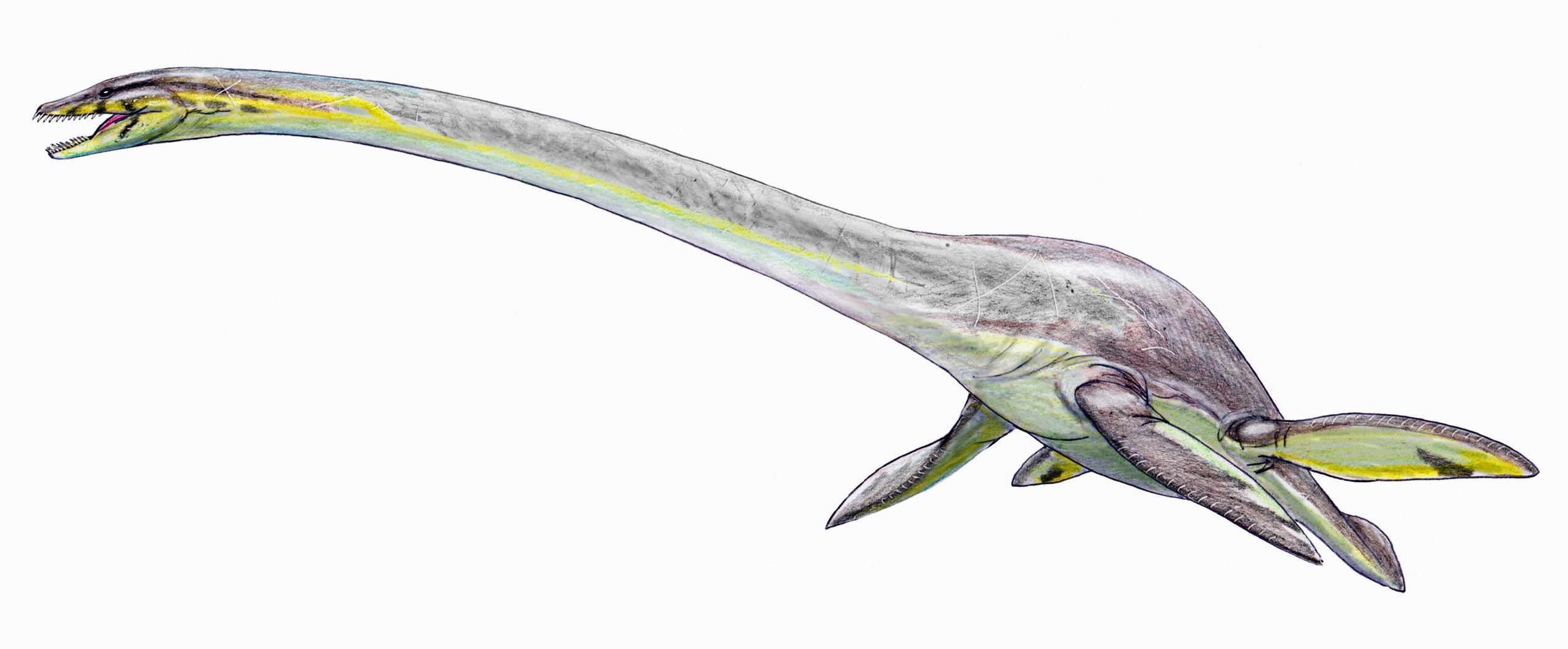
Elasmosaurus is another prehistoric creature that lived during the Late Cretaceous period. It was a 46-foot long swimming reptile and had a small head on a long neck. It also had four flippers with a short tail. It differed from other prehistoric creatures and had 72 neck vertebrae.
The centra (or "bodies") of these vertebrae were ossified along with the holotype specimen, indicating it to be an adult. The lower part of the canal was narrow towards the back by the axis and became broader towards the front. The center of the atlas and axis were of equal length. The neck vertebrae following the skull were long and low. Its tail included 18 vertebrae.
It was one of the largest Plesiosaurs that ever lived. It was from a family of marine reptiles that originated in the Triassic period. They were nearly 50 feet long and weighed up to 50 tons. The first fossil of this prehistoric creature was discovered in Kansas. After the end of the civil war, a doctor in western Kansas discovered a fossil of Elasmosaurus and forwarded it to the eminent American paleontologist in 1868.
The neck of Elasmosaurus contained 71 vertebrae and couldn’t raise its neck above the water. Like other reptiles, Elasmosaurus didn’t have gills like fish and sharks and couldn’t live below water for a day. They were carnivores, and around ten different species were found by paleontologists. They ate ammonites and small stones to digest their food.
4. Helicoprion
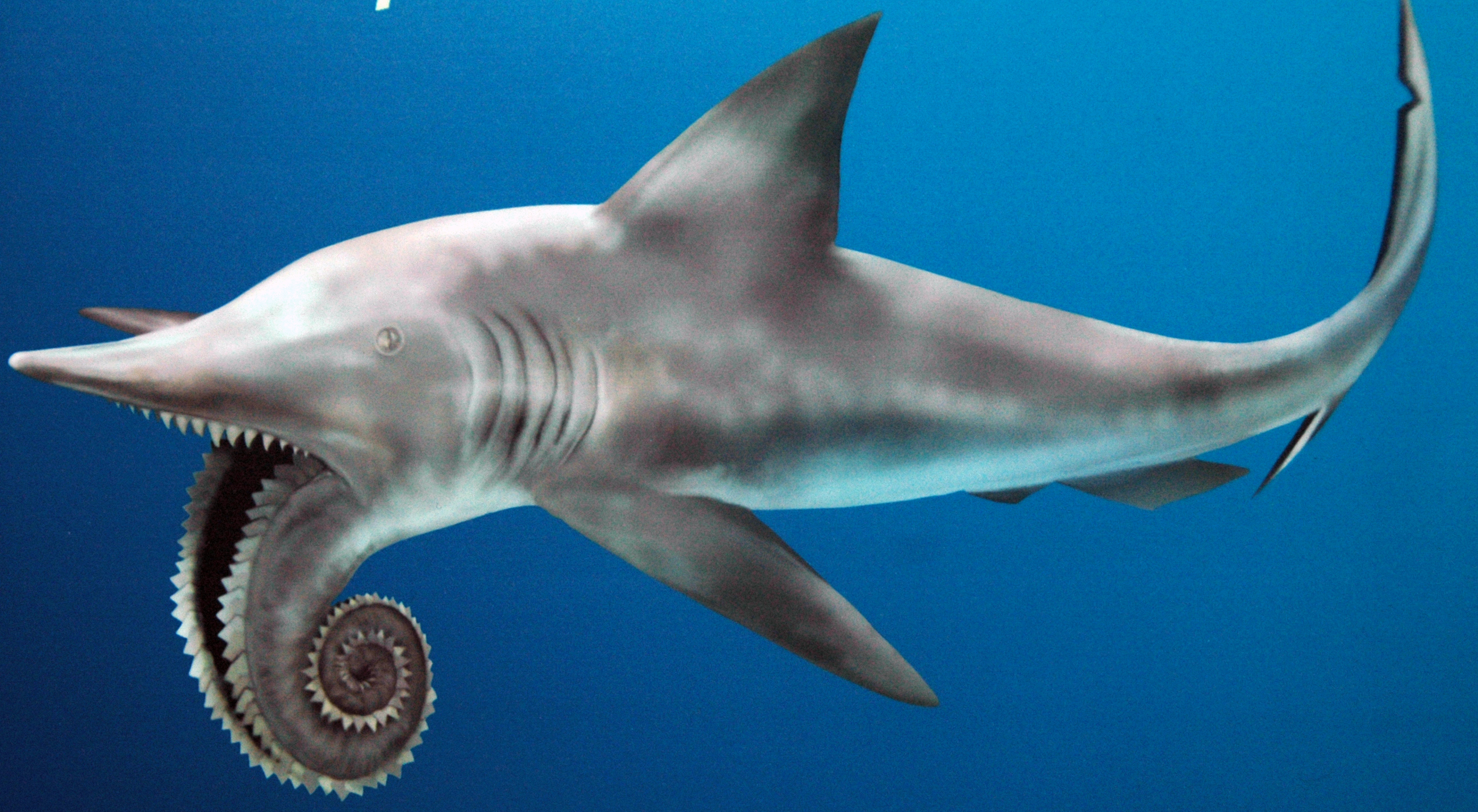
Helicporion is a shark-like eugeneodontid holocephalid fish. They lived in the ocean of the early Permian 300 million years ago. Until 2013, the known fossil of this prehistoric creature was teeth, which were arranged in a tooth-whorl. They looked and acted like sharks but weren’t a shark. Scientists believed that they are chimeras that separated the lineage from sharks 400 million years ago.
Chimeras are deep-sea fish and were known for their large heads. Helicoprion was 25 ft long and weighed nearly 1000 pounds. Its lower palate was a circular saw of teeth that could grind the flesh against its top teeth. Its fossils were found in Western Australia, the Ural Mountains, and China. Over 50% of Helicoprion was known from Idaho. This prehistoric creature was first described by Alexander Karpinsky in 1899 from a fossil found in Artinskian age limestones of the Ural Mountains.
Based on isolated teeth and partial whorls found on the island, Norway. A large whorl was noted for its teeth. Helicoprion, also known as a spiral saw, was named by Andrzej P. Karpinski. A coil of triangular teeth was curled into a coil that confused Andrzej P. Karpinski as he tried to figure out how the shark used these teeth. Another fact about this prehistoric creature is that it managed to survive the Permian-Triassic Extinction Event.
5. Saber-Toothed Cat
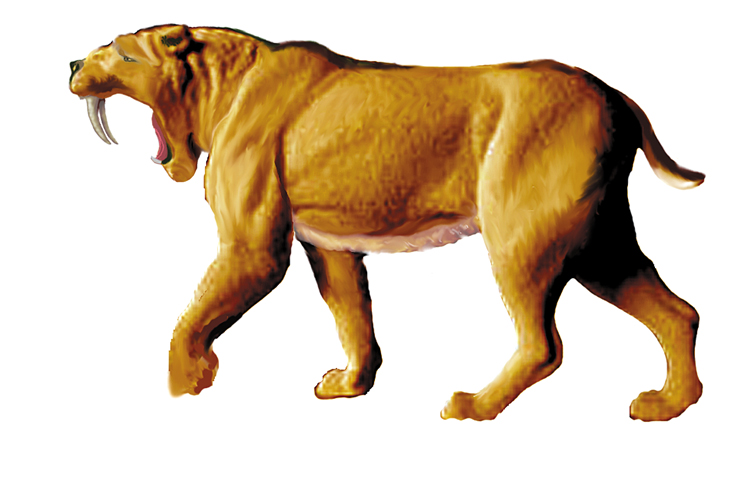
Saber-toothed cat, a prehistoric animal, is known for its unique pair of long canines that could grow up to 8 inches. Its jaw could open up to 120 degrees. This family of the cat was recognized for their elongated teeth that they used to hold onto prey. It went extinct about 10,000 years ago, and their extinction occurred after one of these prehistoric creatures, the mastodon, went extinct. When you hear about Saber-toothed cats, this means it is only about one creature, Smilodon Fatalis.
The machairdonts includes a subfamily that includes the majority of saber-toothed felines. The scientists have identified two groups: scimitar -toothed cats like Homotherium and dirk-tooths like Smilodon, which had thin fangs and heavyset bodies. The Los-Angeles, the Calif, has yielded over 13000 Smilodon bones, which represent 2000 individual animals.
In Indiana, Smilodon was found at the Harrodsburg Crevice site in Monroe County. The most widely known genus of saber-toothed cats is Smilodon. It is a short-limbed cat and lived in North and South America during the Pleistocene Epoch. The bones of many Smilodon were recovered from the La Brea Tar Pits in California. The fifth saber-tooth is the ancient family Nimravidae. The groups have short skulls with sagittal crests, and their skull shape was similar.
6. Epicyon
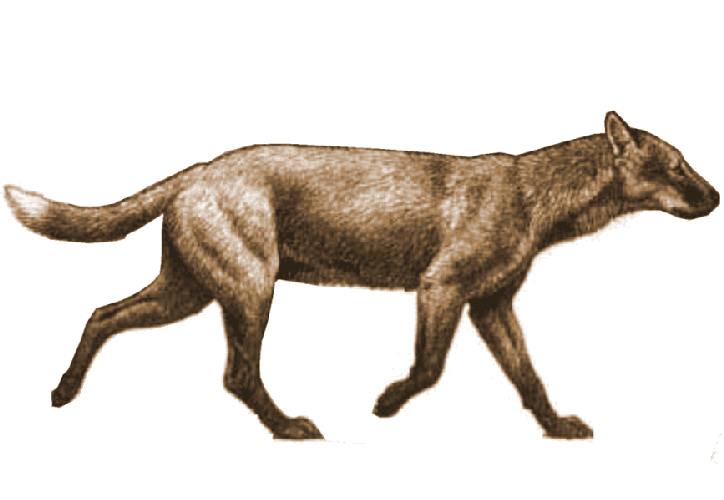
Epicyon is a large, extinct, and candid genus of the subfamily Borophaginae and native to North America. It existed about 10-15 million years ago and was about 5ft long. It had a massive head, giving its skull similar in shape. It was first named by Joseph Leidy and was also mentioned as belonging to Aelurodontina by William Diller Matthew and Stirton.
Still, its diet remains a mystery. The scientists believed that it could be a scavenger or an active hunter. It has a powerful set of jaws and could crunch bone easily. It resembles a big cat, but its head is shaped like a big cat. It was nearly 5ft long and weighed around 500 pounds.
Paleontologists believed that this prehistoric creature was hunted like wolves. It is known by three species, all of which were discovered in North America in the 19th century. The recent addition to the Epicyon family, E. aelurodontoides, was discovered in Kansas in 1999.
7. Megalodon
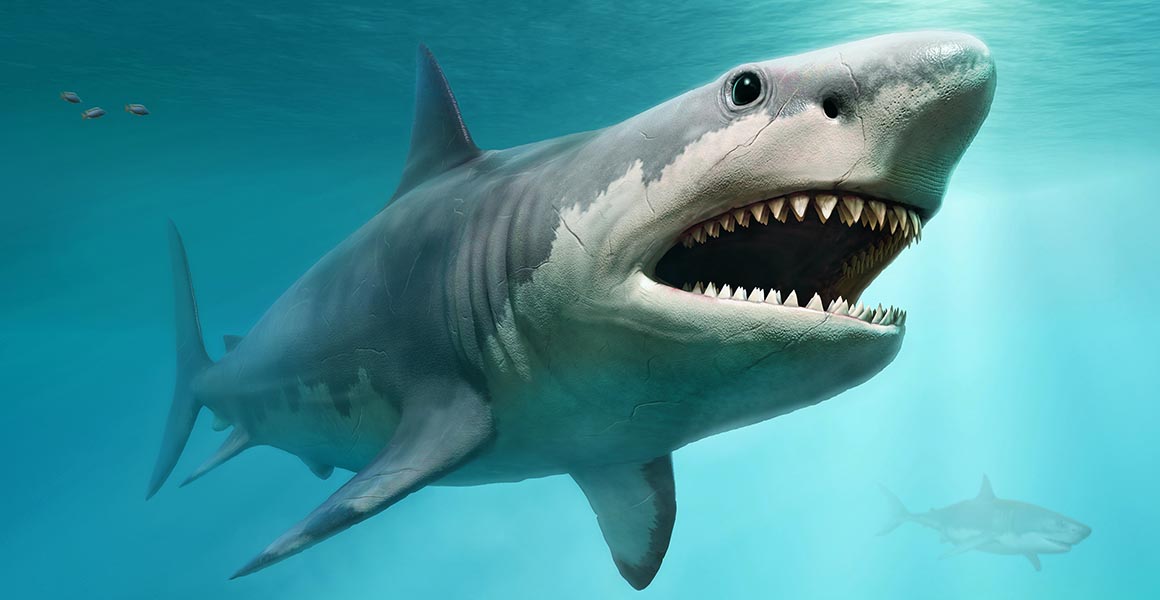
Megalodon is one of the extinct species of shark that lived 3.6 million years ago. It was earlier thought to be a member of the family Lamnidae and a relative of the white shark. This prehistoric creature is considered to be the largest predator ever lived. It had a major impact on the structure of marine communities. It targeted large prey like sea turtles and seals.
They used its strong jaws to break through the chest cavity and puncture the lungs of its prey. The earliest Megalodon remains were reported around 2.6 million years ago. This creature is now considered to be a member of the genus Otodus. Its classification into Carchardon was due to similarity with the great white shark.
The genus Carcharocles contains four species: C. auriculatus, C. angustidens, C. chubutensis, and C. megalodon. This giant creature is said to grow up to 60 ft and was nearly three times larger than the great white shark. In appearance, it looked different from a white shark and had a compact jaw and longer pectoral nose.
The word Megalodonmeans a large tooth. Its fossils date back to 200 million years ago and are thought to have gone extinct around 4 million years ago. The Megalodon’s teeth could reach over 7 inches. This terrifying creature required a huge amount of food and used to consume tons of food every day to survive. It fed on large marine mammals and whales.
Their teeth were solid and fossilized easily. Fossil teeth of this prehistoric creature were found worldwide, including North and South America, New Zealand, India, Grenadines, and more.
8. Phorusrhacidae
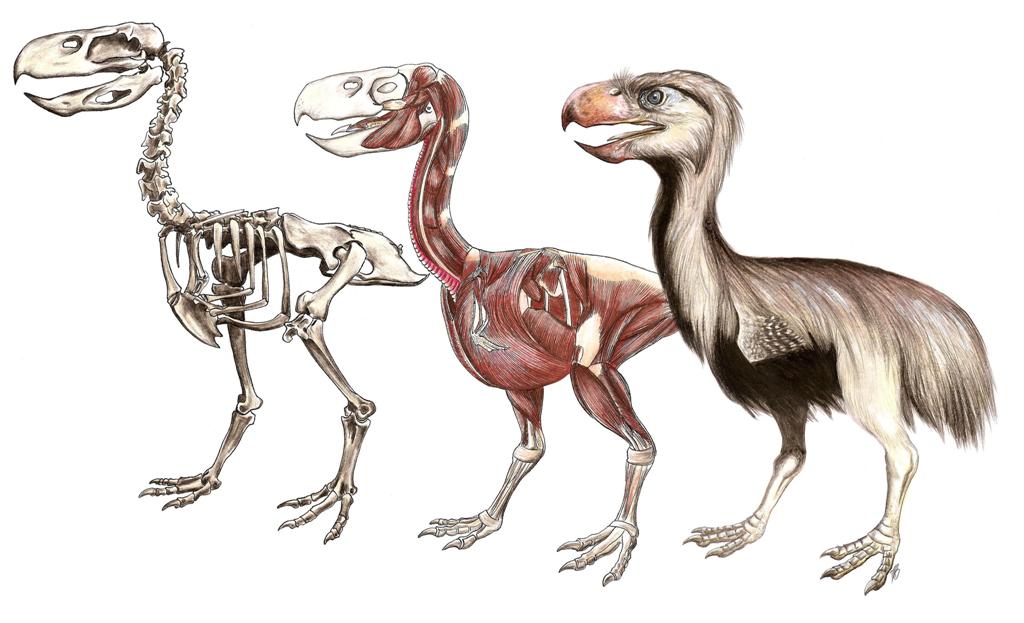
Phorusrhacidae, also known as the terror bird, is the extinct clade of carnivores flightless birds that were the species of apex predators in South America. They were around 3-10 ft in height.
Phrusrhacidae were the predators in South America around 2 million years ago. They had large heads and beaks and claws on their wings. This flightless prehistoric creature was known to terrify small mammals of Micone South America.
This prehistoric creature is known as a terror bird and resembles other large flightless birds. Their heads were held high on the neck and had a high vantage point to spot grey.
They have made their way into Africa and were discovered in Algeria. The Phorusrhacidae neck can be divided into three regions. The higher region of Phorusrhacidae bifurcated neural spines. This explains that this giant creature had developed a flexible neck that carried its heavy head.
It is believed that the majority of Phorusrhacidae were fast runners. These creatures had sharp beak and talons and a powerful neck. They ate small animals and ripped the flesh from their body. The recent discoveries revealed that these birds had round orbits, high beaks, and vaulted braincases. Often they killed the prey that was large to be swallowed and could be eaten in bites.
9. Linhenykus
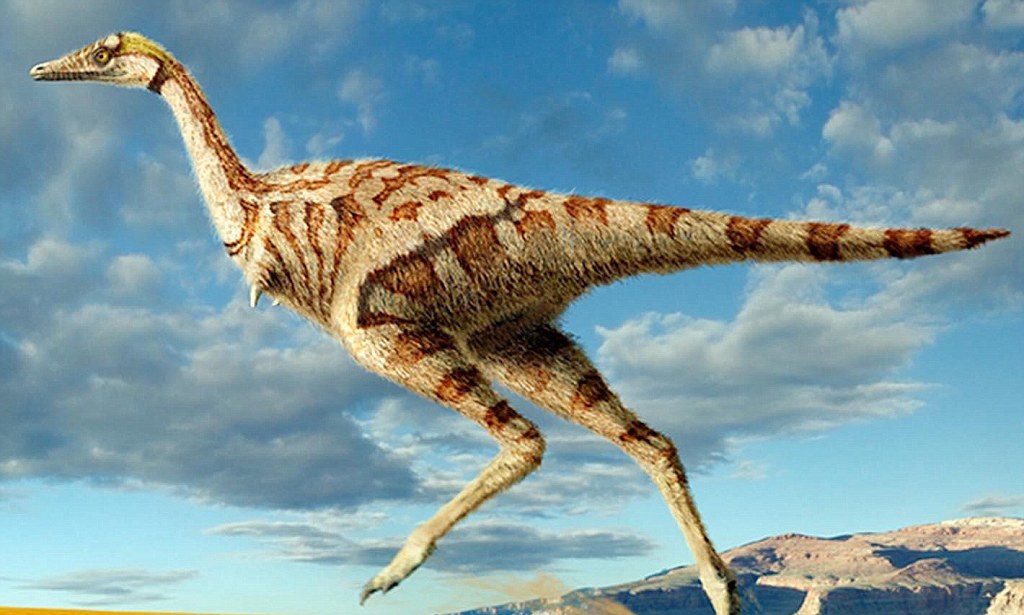
Linhenykus is the extinct genus of alvarezsaurid theropod dinosaur from the Late Cretaceous of Inner Mongolia, China. It got its name from Linhe, a city where the first fossil was found.
It was a small-bodied creature and a few feet in length. They are known for their short forelimbs & stout digit tipped with a heavy-duty claw. They stood 2 ft tall and weighed the same as large parrots. They lived about 85 million years ago in the late Cretaceous period.
They were carnivores and lived in a terrestrial habitat. This prehistoric creature is currently known from a partial skeleton holotype IVPP V17608, including forelimb and pelvis.
10. Ichthyosaurs
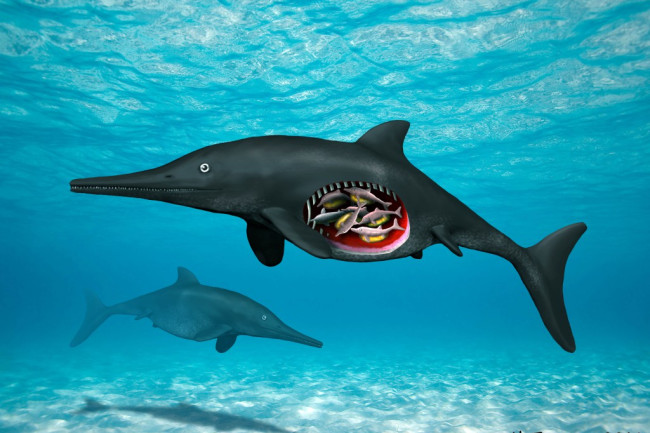
Ichthyosaurs are an extinct group of aquatic reptiles and resemble porpoise in looks and habits. They were not dinosaurs but highly specialized reptiles.
They had a wide geographic distribution and had evolved fish-shaped body outlines. Scientists believed that these Ichthyosaurs were warm-blooded and cold-blooded.
They could dive and hold their breath and could store more oxygen according to the size. Here are the other biggest water dinosaurs that were found in archaeology.
Final Words
The prehistoric creatures include vertebrates and invertebrate species. The majority of today's creatures, like whales, shark, and tiger, are nothing in comparison to these terrifying prehistoric creatures.
Do you know more facts about these creepy creatures? If yes, then don’t forget to share them.
Popular Posts
10 Biggest Water Dinosaurs & Sea Monsters Ever Found in Archaeology
The present-day ocean is certainly a scary place where giant sharks, whales, squids, barracuda, and numerous other marine creatures live.
Kimberly Campbell
6 Amazing Things We Should Learn From Camel Feet
Camels are a kind of mammals with the humped back, long legs, and lipped snout. They were domesticated nearly 3000 years ago are still used for transportation.
Kimberly Campbell
80 Most Popular Long Neck Dinosaurs Ever Recorded in History
Do you know the largest creatures ever walk on the earth were the long tailed and long neck dinosaurs which were called as Sauropods?
Kevin Green






